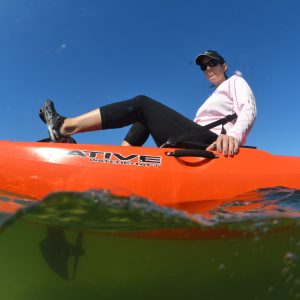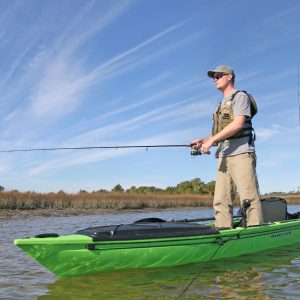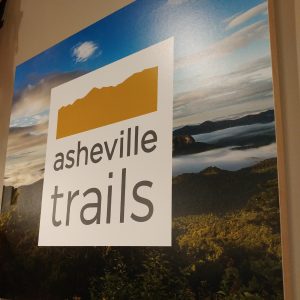It’s hard to deny the lure of mountain fire towers, with their place in history as guardians of the forest, and the intrigue of the solitary, beatnik existence of the watchmen who were once posted within them. Like lighthouses, these imposing structures still hold a certain element of mystery and nostalgia, and nowhere can you find a more spectacular view of the many mountain ranges that make up the Southern Appalachians. Here, five fire towers to explore in Western Carolina.
1. Shuckstack Firetower
Western Great Smoky Mountains

Photo by Zachary Andrews
Standing at the top of Shuckstack Lookout Tower is easily one of the most dramatic and alluring experiences that you’ll find on any mountaintop in the Southeast. Sixty feet in the air, swaying gently but perceivably in the wind, you feel as if you’re standing inside a fixed mountain gondola. Through wraparound picture windows, you can spot the deep blue waters of Fontana Lake nestled inside the Smokies, as well as the full breadth of the Unicoi, Nantahala, and Blue Ridge Mountains.
Shuckstack Tower is located on a spur that juts off of the Appalachian Trail. The hike ascends a total of 2,100 feet in 3.5 miles, with the bulk of the steep terrain covered in the first 2.4 miles. After that, the trail evens out for an enjoyable mile, before turning sharply upwards again for the final scramble.
Take caution as you make your way to the top, as the tower has fallen into disrepair. A couple of broken steps and a section of missing railing are precarious illustrations of how the modern era has abandoned these dignified structures. Shuckstack is one of only three fire towers still standing in the Great Smoky Mountains National Park. When they eventually succumb to weather and age, there will be no way for visitors to climb straight into the sky, and the views from the top will belong once again to the birds.
2. Greenknob Lookout Tower
Northern North Carolina Blue Ridge Crest

Photo by Michael Sprague
The Green Knob Lookout is a quick dash from milepost 350.5 on the Blue Ridge Parkway, just north of Mt. Mitchell State Park . The half-mile trail is overgrown and nearly hidden, which saves it from the crowds that often gather at notable points along the Parkway. If you’re looking for a more substantial hike, begin at the Black Mountain Campground. From here, the trail totals 6.6 miles out and back.
Built by the USFS in 1931, the Green Knob Lookout is included in the National Register of Historic Places. It is located along the Eastern Continental Divide, perched atop the 5,080 foot summit of Green Knob Mountain. On a clear day, the tower affords breathtaking views of the Black and Great Craggy mountain ranges and the Piedmont of North Carolina, with the distinguished profiles of Table Rock and Grandfather Mountains rising in the distance. Due to its height and convenient proximity to the parking area, Green Knob is a fantastic spot to catch a sunset.
3. Mt. Cammerer
Eastern Great Smoky Mountains

Photo by McDowell Crrok
It’s a burly 5.5 miles to reach the octagonal lookout tower on the summit of Mt. Cammerer , a mountain that straddles the state line of Tennessee and North Carolina. Your journey begins with three miles of steep switchbacks on the Low Gap Trail, ascending 2,000 feet before intersecting with the Appalachian Trail. The terrain then levels out along a scenic ridge line, with tantalizing views of the Cosby Creek and Toms Creek Valleys to keep you motivated. The final leg involves a scramble up a rocky spur as you approach Mt. Cammerer’s rugged summit.
This particular tower was constructed in the Western style, meaning that instead of rising above the trees on wooden stilts, the cab sits on a sturdy foundation of massive, hand-cut stone. Until the 1960s, rangers inhabited the tower in two week shifts from October and December, and again from February till May. It must have been a peaceful existence for the watchmen, observing autumn descend and spring bloom over the Pigeon River Gorge.
You can claim a few moments of tranquility for yourself inside the glassed-in cabin, with a panoramic view that includes Snowbird Mountain, the tower-topped summit of Mt. Sterling, and the Great Smoky Mountains unfurling in the Southwest.
4. Wayah Bald
Nantahala Mountains

Photo by US Forest Service – Southern Region
Until 1945, watchmen would inhabit the old stone lookout on Wayah Bald for two months at a time, sleeping in narrow, drop-down beds fixed to the wall and cooking over a wood stove. Their regiment involved walking the second-story wooden catwalk that surrounded their sparse dwelling, searching day and night for the flicker of flames or the dark halo of smoke rising above the mountains.
Of course, the human history of this area dates back long before the tower’s construction in 1937. Waya is the Cherokee word for wolf. Red wolves used to roam across the mountain’s bald summit, and spear points dating back longer than 11,000 years have been discovered scattered in the ground.
Today, the upper stories have been removed, and the stone structure that remains looks like something that was lifted from a mediaeval landscape and dropped in the Southern Appalachians. A wrap-around staircase descends from the top of the tower to a wide stone patio, providing panoramic mountain views that span all the way into Georgia. It’s not unusual to see a bride and groom gleefully posing for photos on the patio, taking advantage of this spectacular vista.
Wayah Bald rises 5,342 feet out of the Nantahala National Forest, just outside of Franklin, NC. The tower is accessible via the Appalachian Trail and the Bartram Trail, which stretches for 115 miles between North Georgia and Cheoah Bald in North Carolina. You can park very near to the trail for a quick jaunt to the summit, or begin at Wilson Lick Ranger’s Station for a lovely 3 mile hike on the AT.
5. Fryingpan Mountain Lookout Tower
Great Balsam Mountains
At 70 feet tall, the Fryingpan Mountain Lookout Tower holds the distinction of tallest USFS lookout in Western North Carolina. The summit of Fryingpan rises high in the Great Balsam Range, topping out at 5,340 feet. As one might imagine, the view from this combined height is unparalleled—so far reaching, in fact, that the tower was actively used for fire detection well into the 1990s!
The top tower is locked, but five flights of steel stairs will bring you just below the platform where you can savor the spectacular vista. The mountains in the distance, including Cold Mountain and Mt. Pisgah to the North, feel right up close and personal. The Great Smoky Mountain National Park and the Shining Rock Wilderness are also visible to the North and Southwest, an incredible payoff for a quick and easy hike (1.5 mile round-trip) on a gravel road.
Originally written by RootsRated.
Featured image provided by Andrew Piazza



















 May
May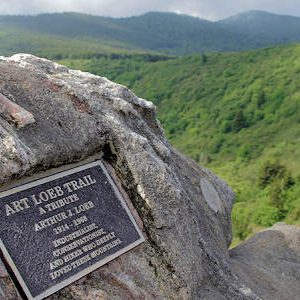
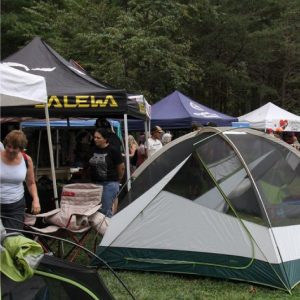 September
September